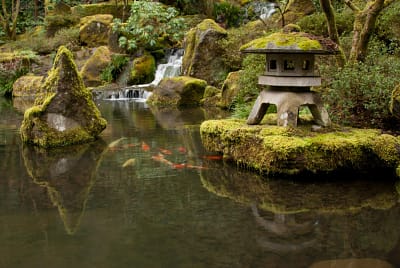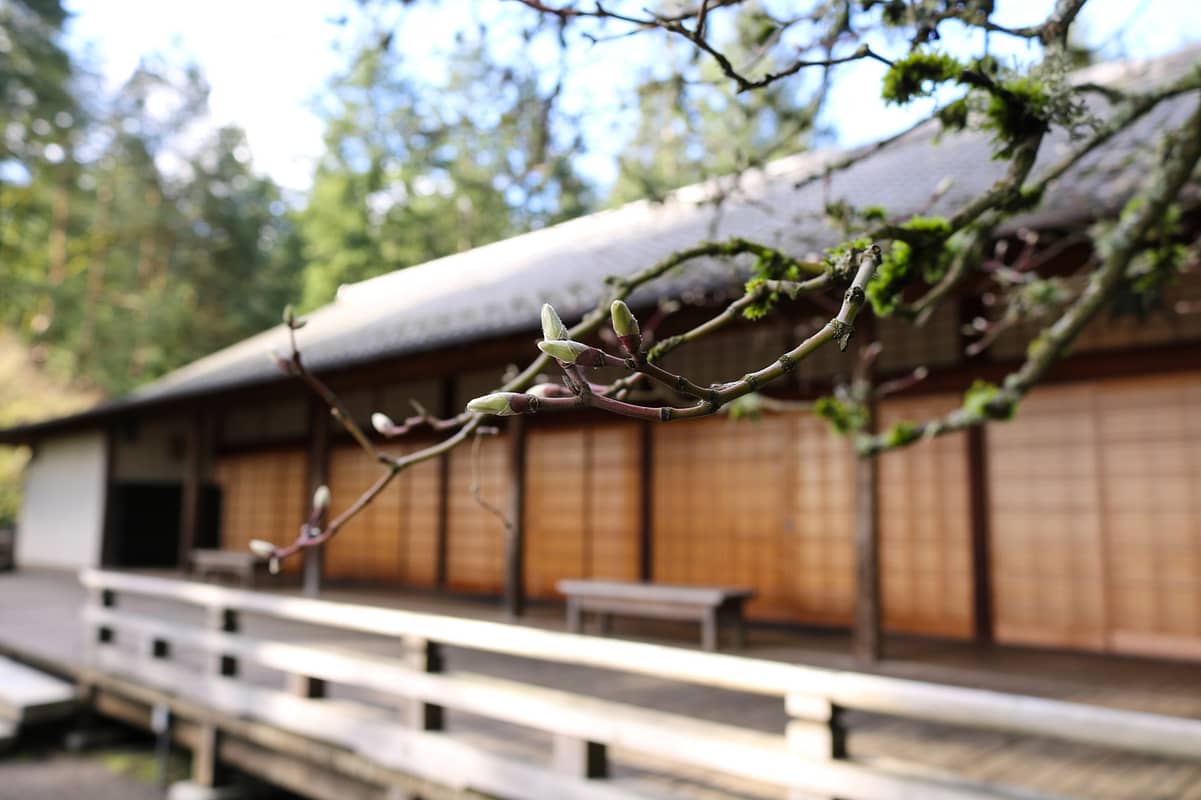“We always enjoy spring, but we might enjoy the feeling that it is coming even more. It’s that anticipation that is the most exciting part,” said Hugo Torii, Garden Curator at Portland Japanese Garden.
Torii says trying to find those “little signs” that suggest spring is near – is one of the most fun things about it.
 “Humans are animals and if you think about it, animals sometimes have a hard time surviving winter. Out in the wild, it’s hard to survive the winter months. When it’s warmer, it’s not as harsh and things are just a bit – softer. It’s a big accomplishment for many animals to survive the winter and a relief to make it to spring.”
“Humans are animals and if you think about it, animals sometimes have a hard time surviving winter. Out in the wild, it’s hard to survive the winter months. When it’s warmer, it’s not as harsh and things are just a bit – softer. It’s a big accomplishment for many animals to survive the winter and a relief to make it to spring.”
The subtlety of different shades and textures of green are thought to promote the tranquility and harmony sought by a Japanese garden designer, while flowers are treasured by the Japanese and the seasonal blooming of trees and shrubs is highly celebrated.

“Why isn’t there more color?” ask many first-time visitors to a Japanese garden. Color and number of plant specimens are not necessarily what a Japanese garden is about, but the differences in color and contrast are part of what make them intriguing.
“Western gardens are more ‘flower gardens.’ We do find small flowers here, but the idea is not to be too loud. That way, we see a bigger harmonized picture rather than things that stand out and interfere with the overall view.

The cherry blossoms or sakura (the national flower of Japan) and camellias seem to bloom in Portland Japanese Garden early, but also start looking for pieris (commonly known as andromeda) in bloom near the Upper Pond in the Strolling Pond Garden and in the Natural Garden. Pieris is an ornamental beauty with simple leaves. Soon, we will see dogwoods, azaleas, and rhododendrons in bloom.
“It’s my favorite season. I love anticipating spring,” added Torii.
